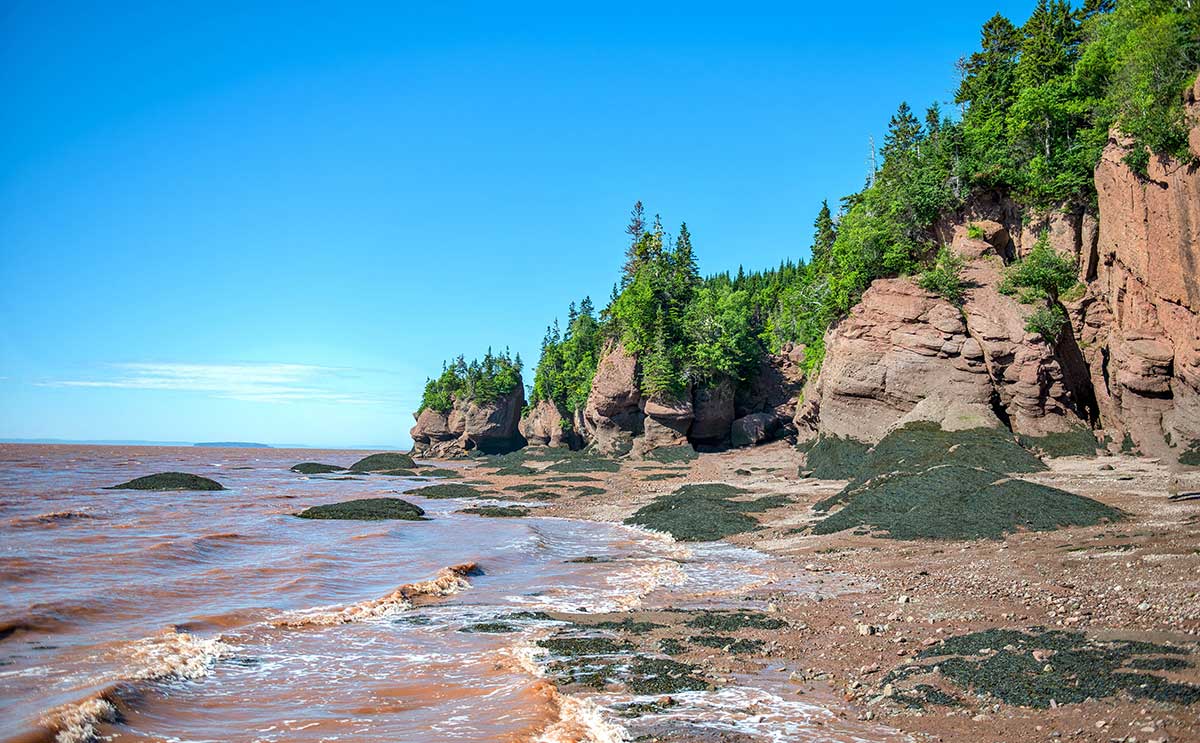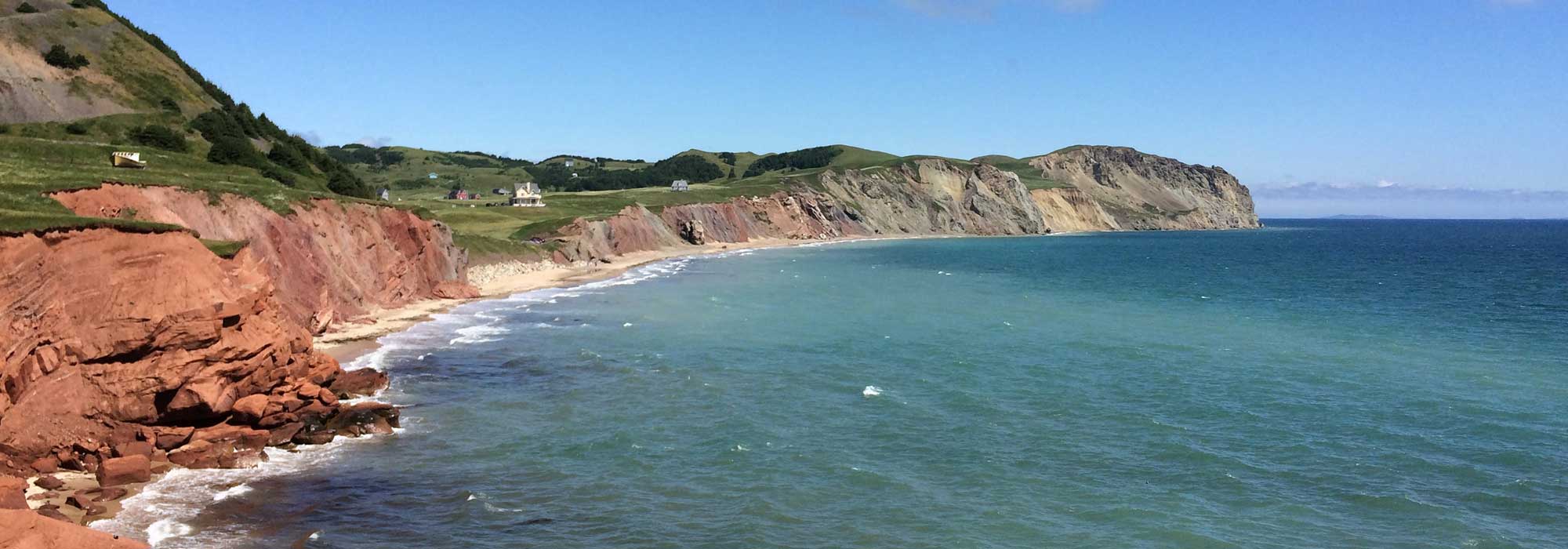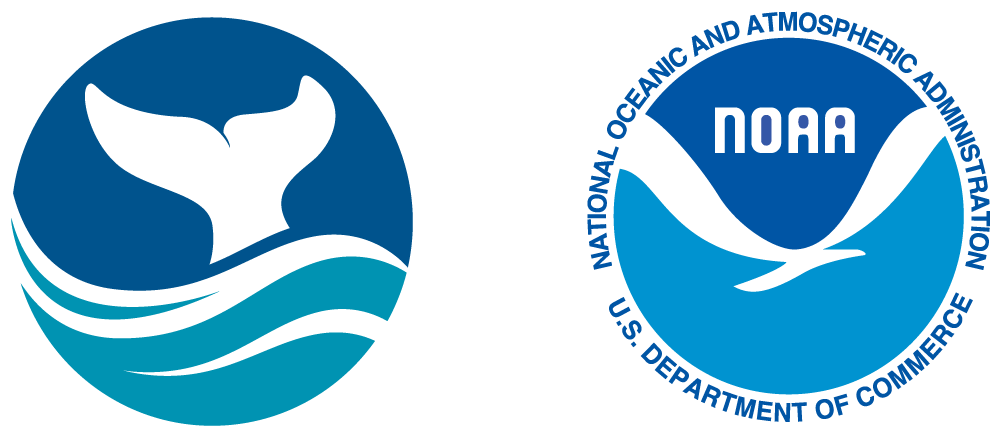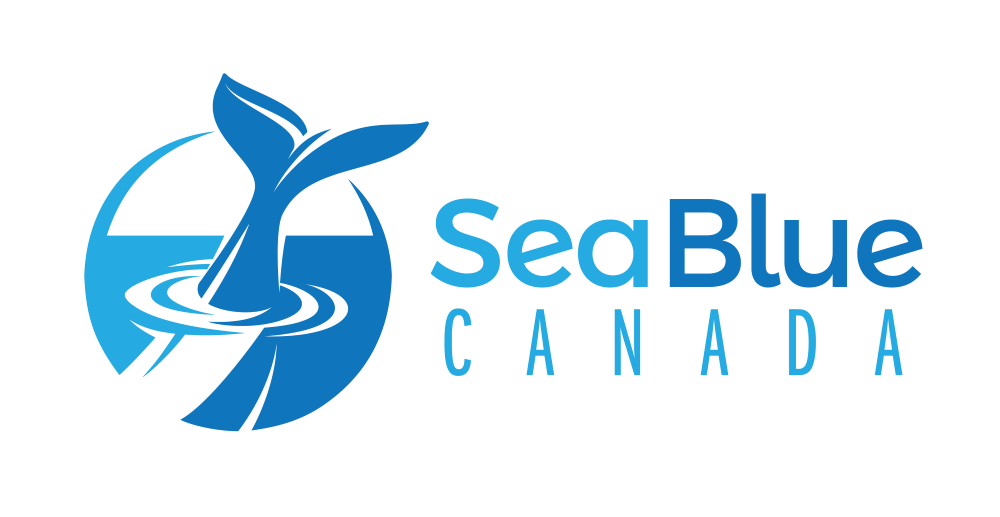On behalf of the people of Canada, Parks Canada protects and presents nationally significant examples of Canada’s natural and cultural heritage, and fosters public understanding, appreciation and enjoyment in ways that ensure the ecological and commemorative integrity of these places for present and future generations.

National Marine Conservation Areas
Parks Canada protects a vast network of cultural and natural heritage places that include 171 national historic sites, 47 national parks, five national marine conservation areas and one national urban park. The Agency is charged with establishing and maintaining a national system of marine protected areas that represent the full range of marine ecosystems found in Canada’s Atlantic, Arctic and Pacific oceans, and the Great Lakes.
These national marine conservation areas (NMCAs) protect marine biodiversity, ecosystems and cultural resources, facilitate meaningful visitor experiences, contribute to the well-being of Indigenous and local communities, and ensure ecologically sustainable use of marine resources. NMCAs include the seabed and water column above it and may also take in wetlands, estuaries, islands and other coastal lands.
NMCAs are protected from activities like oil and gas exploration and development, undersea mining, and ocean dumping. Fishing, shipping and other uses of the marine environment are permitted, but are managed to ensure conservation of the ecosystem.
Parks Canada establishes NMCAs under the Canada National Marine Conservation Areas Act in accordance with the National Marine Conservation Areas Policy and the national system plan, Sea to Sea to Sea. Parks Canada is currently updating the National Marine Conservation Areas Policy and developing regulations under the Act.
There are currently five national marine conservation areas in Canada:
- Fathom Five National Marine Park
- Gwaii Haanas National Park Reserve, National Marine Conservation Area Reserve and Haida Heritage Site
- Lake Superior National Marine Conservation Area
- Saguenay–St. Lawrence Marine Park
- Tallurutiup Imanga National Marine Conservation Area
The number of NMCAs is expected to grow in the coming years, as Parks Canada’s goal is to represent each of Canada’s 29 marine regions and contribute to conserving 30 per cent of Canada’s ocean by 2030.
Learn more about National Marine Conservation Areas
Indigenous Ecological Knowledge
Indigenous peoples have wide-ranging knowledge of the land and its ecology. Through collaboration with Indigenous partners, Parks Canada and Canadians are learning from Indigenous knowledge systems that have been handed down over many thousands of years. Here are some examples:
- Inuit Qauijimajatuqangit’s (IQ) (Indigenous knowledge) role in creating Canada’s newest NMCA
IQ played a crucial role in developing the feasibility assessment for the Tallurutiup Imanga National Marine Conservation Area.
- Chiixuu TII iinasdll – Nurturing seafood to grow in Gwaii Haanas
Kelp forests act as nurseries, habitat and abundant feeding grounds for species of fish and seafood that people eat.
- A new reign for the king of fish
Thanks to the work of several partners, including Fort Folly First Nation, salmon are returning to the inner Bay of Fundy.
Learn more about Indigenous ecological knowledge
Maintaining and restoring ecosystems
Parks Canada’s goal is to maintain or restore ecosystems, and protect species at risk within the places we administer.
Maintaining and restoring ecological integrity and sustainability is a top priority in management. Here are some examples:
- Every week is shark week in Gulf Islands National Park Reserve
Shark specialist Meaghen McCord brings an international perspective to her work at Parks Canada.
- Gone crabbin’ – Restoring Kejimkujik National Park Seaside
Invasive European green crabs are removed, thereby restoring native eelgrass meadows and soft-shell clam populations.
- Plastics pollution
Marine debris, including plastic waste, is a serious threat to our oceans, lakes and rivers.
Learn more about science and conservation at Parks Canada



















